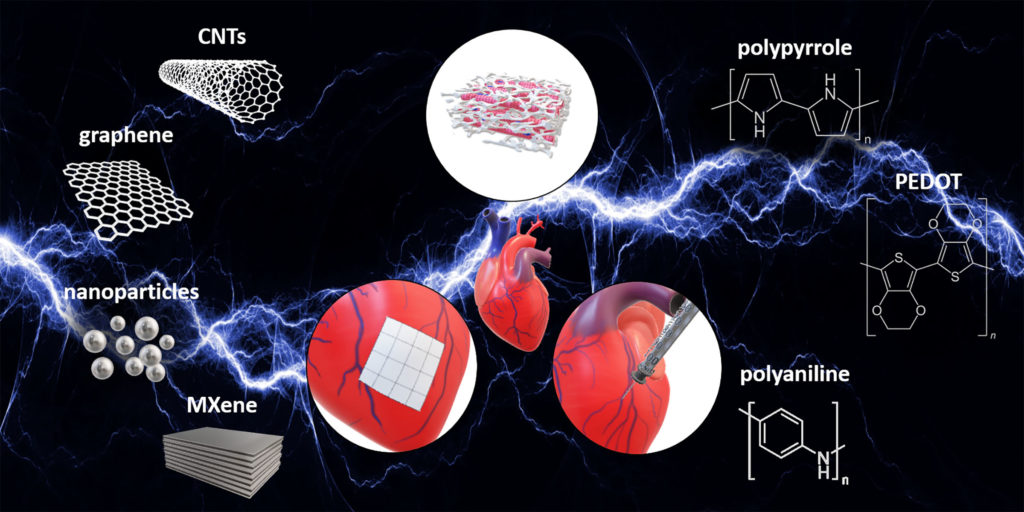A new CALM mutation causes lethal arrhythmia in humans. Using cardiomyocytes — or heart muscle cells — from human iPS cell and recombinant calmodulin proteins, the group studied catecholaminergic polymorphic ventricular tachycardia — or CPVT, a rare and life-threatening genetic condition. The team was able to reproduce severe arrhythmia in patient-derived iPS cell models of exercise-induced CPVT with calmodulin mutations.
Tag: heart muscle
Review calls for a refreshed look at clinical approach to heart muscle disorder
The heart’s main pumping chamber – the lower left ventricle – contains pieces of muscle called trabeculations that extend into it. Excessive trabeculation, often referred to as non-compacted myocardium, has been described at all ages, from fetus to adult.

FSU experts available for American Heart Month
By: Bill Wellock | Published: February 2, 2023 | 9:16 am | SHARE: February is a time to think about matters of the heart.That includes heart health.The American Heart Association sponsors “American Heart Month” every February to promote good cardiovascular health. Understanding the risk factors of heart disease and how to live a heart-healthy lifestyle goes a long way toward improving quality of life.
Selective Autophagy Process Protects Heart Muscle Cells from Death
Article title: Chaperone-mediated autophagy protects cardiomyocytes against hypoxic cell death Authors: Rajeshwary Ghosh, Jennifer Jason Gillaspie, Kenneth S. Campbell, J. David Symons, Sihem Boudina, James Scott Pattison From the authors: “In summary, the present study demonstrated the importance of [chaperone-mediated…
Scientists trace the molecular roots of potentially fatal heart condition
At a glance:
Research using heart cells from squirrels, mice and people identifies an evolutionary mechanism critical for heart muscle function
Gene defect that affects a protein found in the heart muscle interferes with this mechanism to cause hypertrophic cardiomyopathy, a potentially fatal heart condition
Imbalance in the ratio of active and inactive protein disrupts heart muscle’s ability to contract and relax normally, interferes with heart muscle’s energy consumption
Treatment with a small-molecule drug restores proper contraction, energy consumption in human and rodent heart cells
If affirmed in subsequent studies, the results can inform therapies that could halt disease progression, help prevent common complications, including arrhythmias and heart failure
Heart Cell Research Leads to Discovery That May Lead to Unreliable Data
Researchers studying proteins in heart cells have unexpectedly discovered that a common microscopy fluorescent protein carries reversible photobleaching properties. This phenomenon may lead to inaccurate or unreliable data.

Developing Electrically Active Materials to Repair Damaged Hearts
When a heart attack occurs, muscle in the heart tissue can be scarred, interfering with electrical activity necessary for healthy heart function. Using artificial materials to patch or rebuild damaged parts has been tried but only recently has work focused on the electrical properties needed for proper cardiac operation. In this week’s APL Bioengineering, investigators review the use of electrically conductive biomaterials for heart repair and treatment.
A Snapshot in Time: Study Captures Fleeting Cell Differences That Can Alter Disease Risk
In cinema and science fiction, one small change in the past can have major, sometimes life-changing effects in the future. Using a series of snapshots, researchers recently captured such so-called “butterfly effects” in heart muscle cell development, and say this…